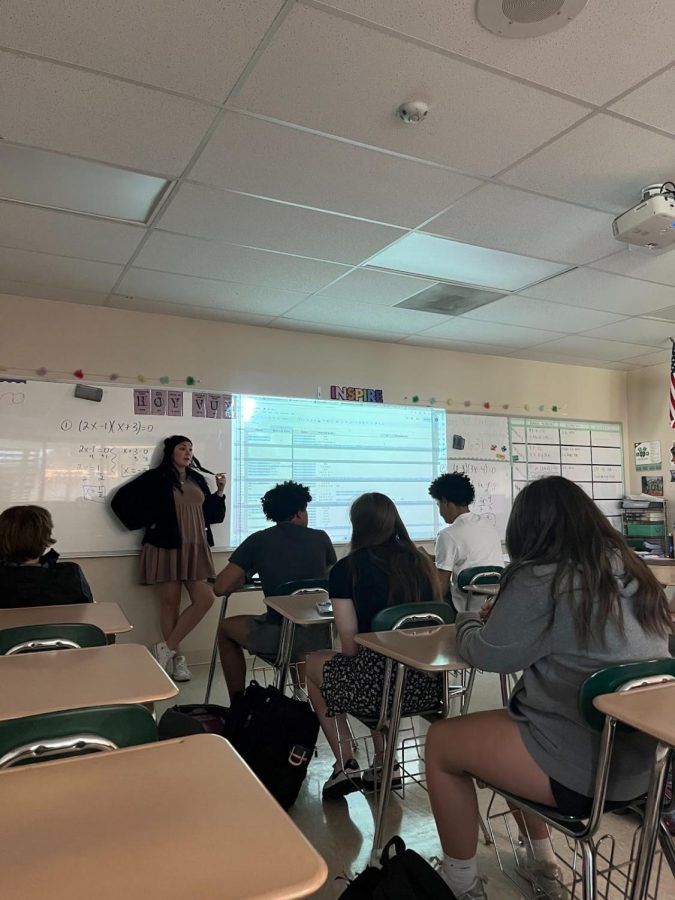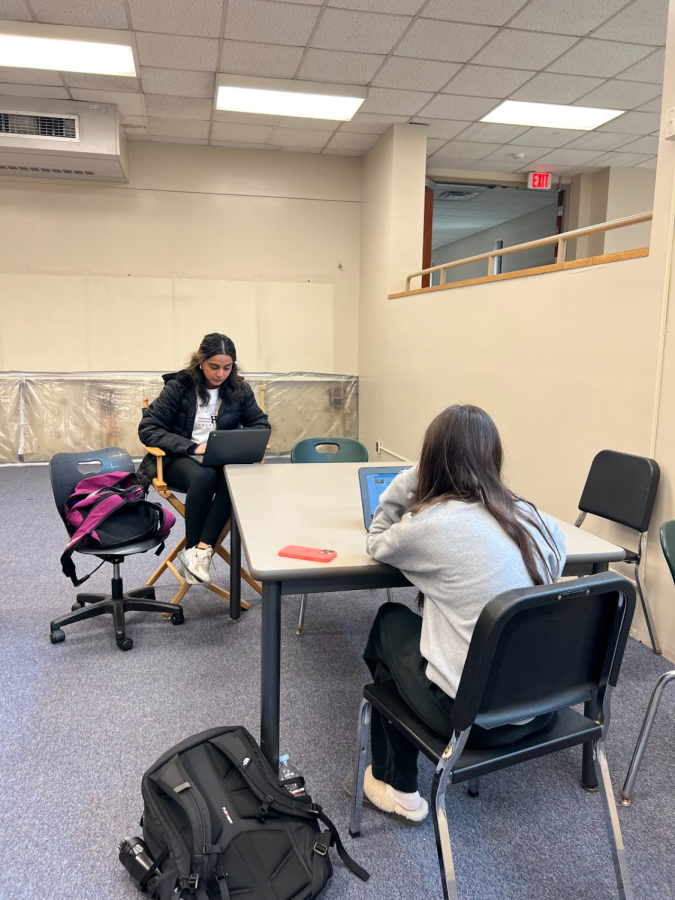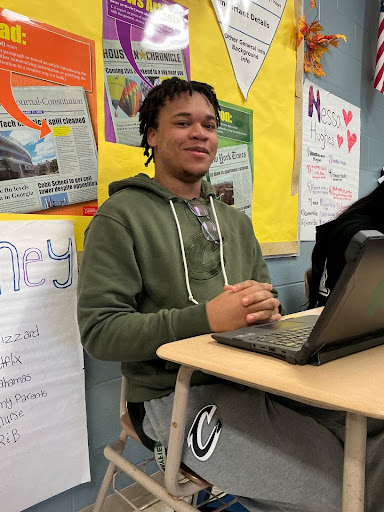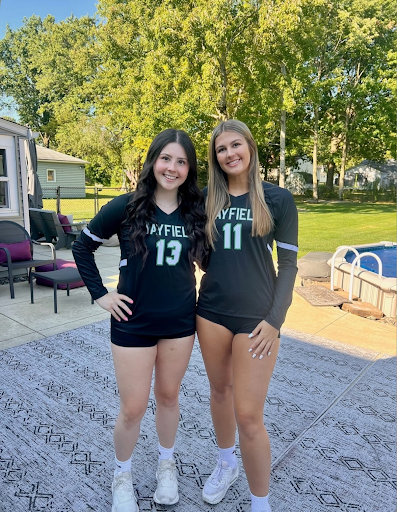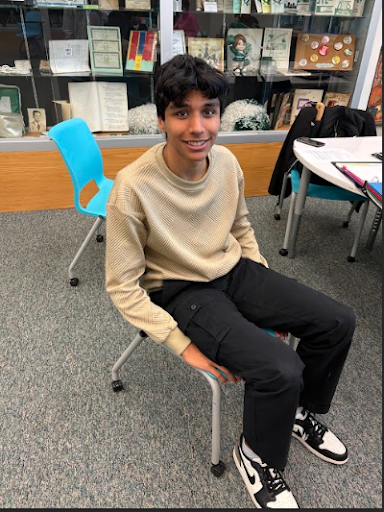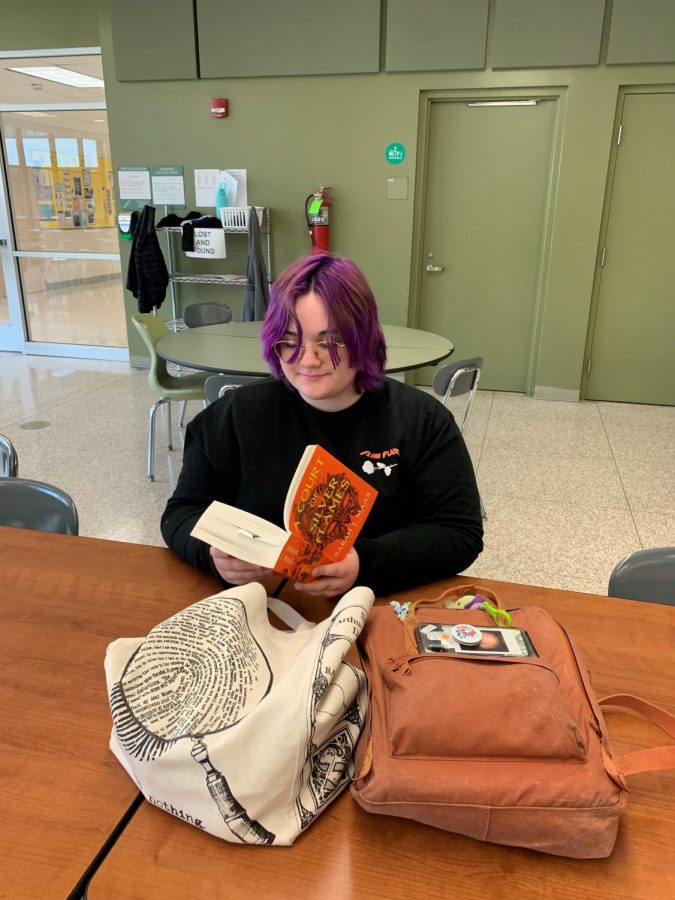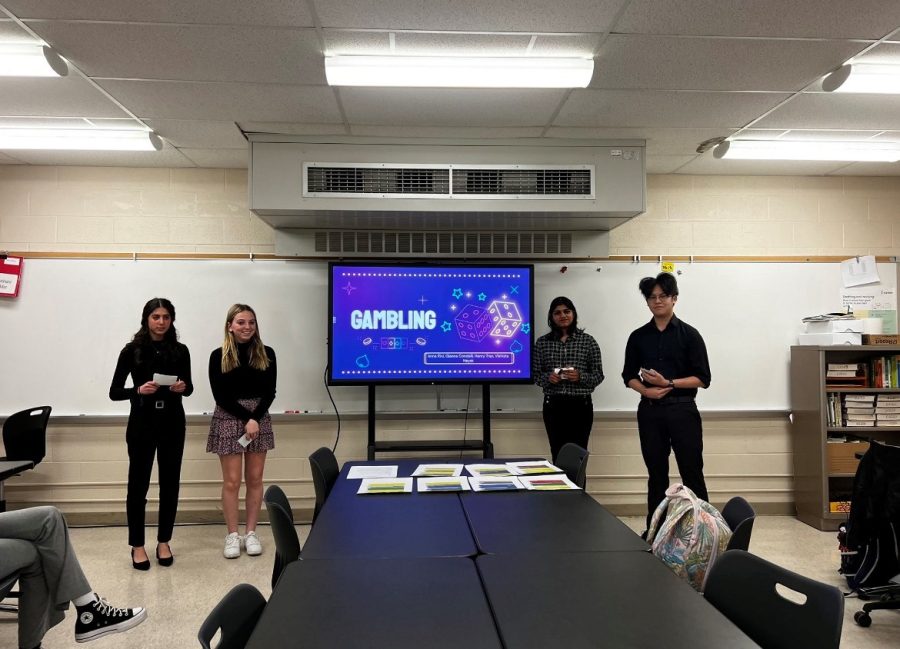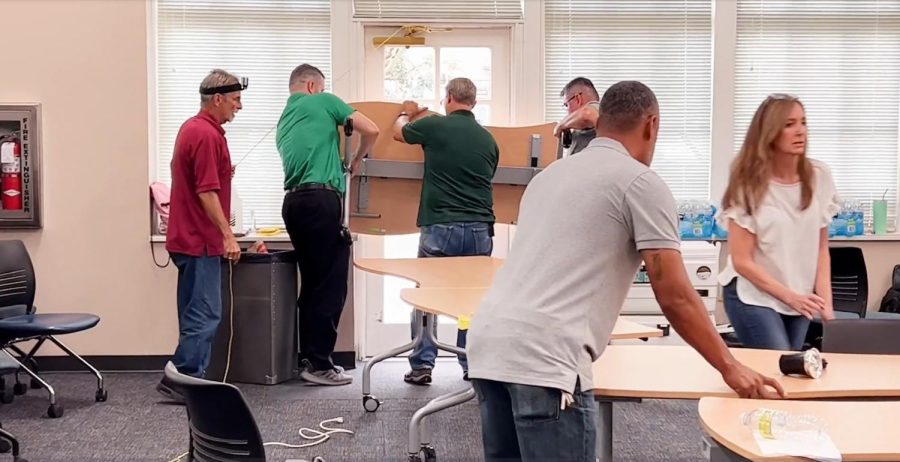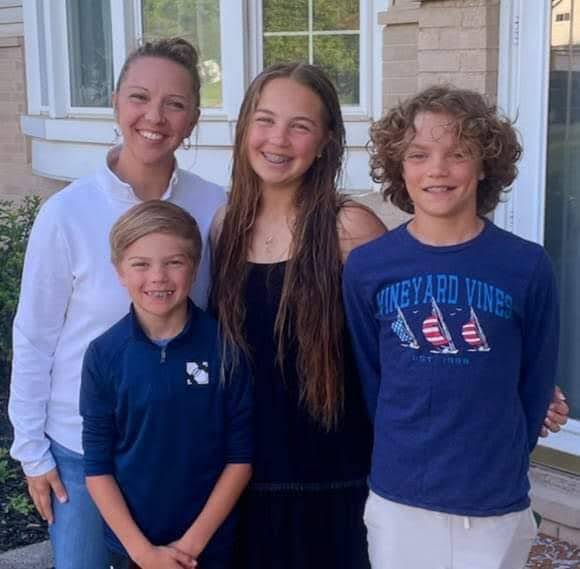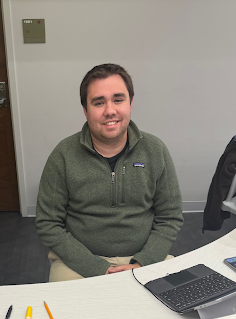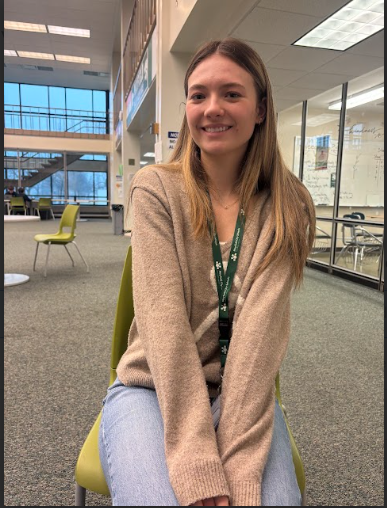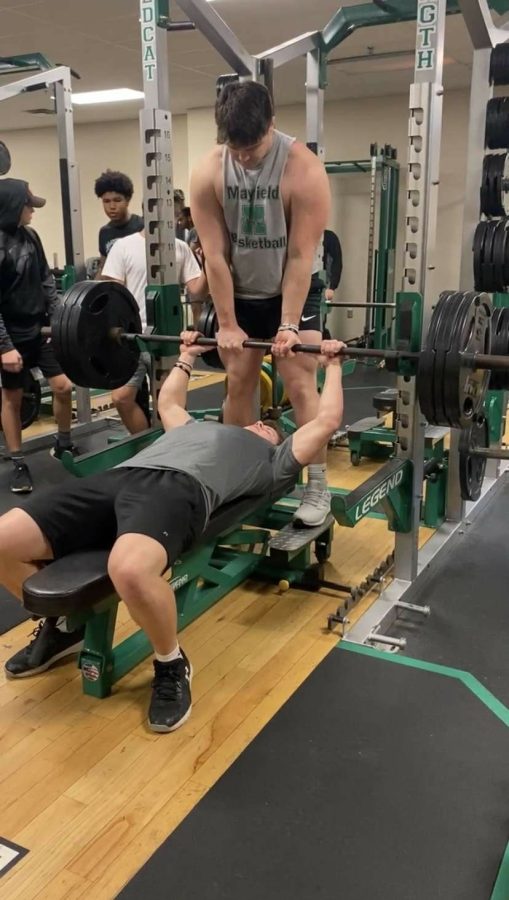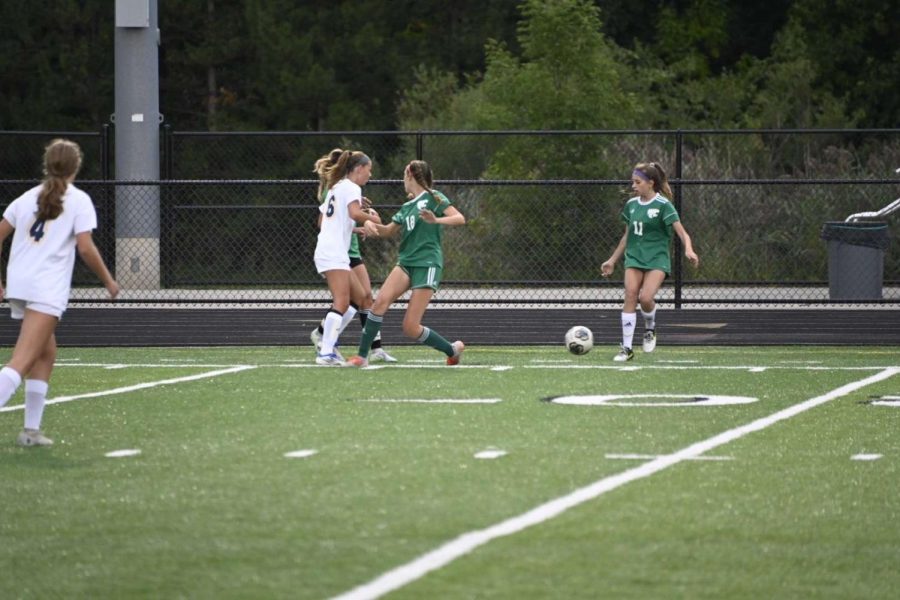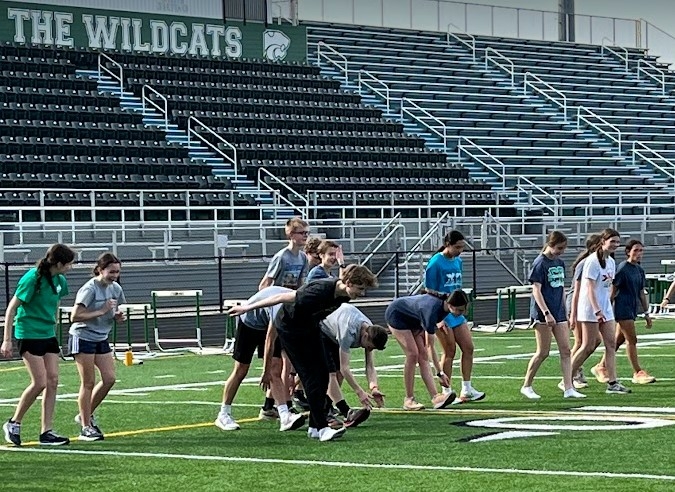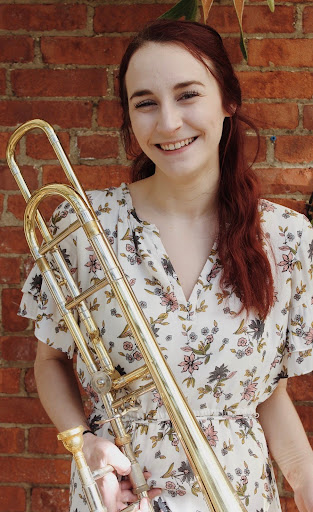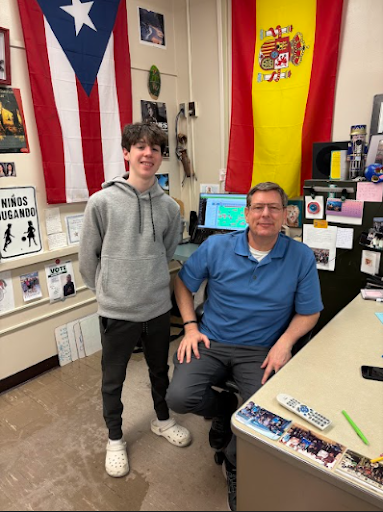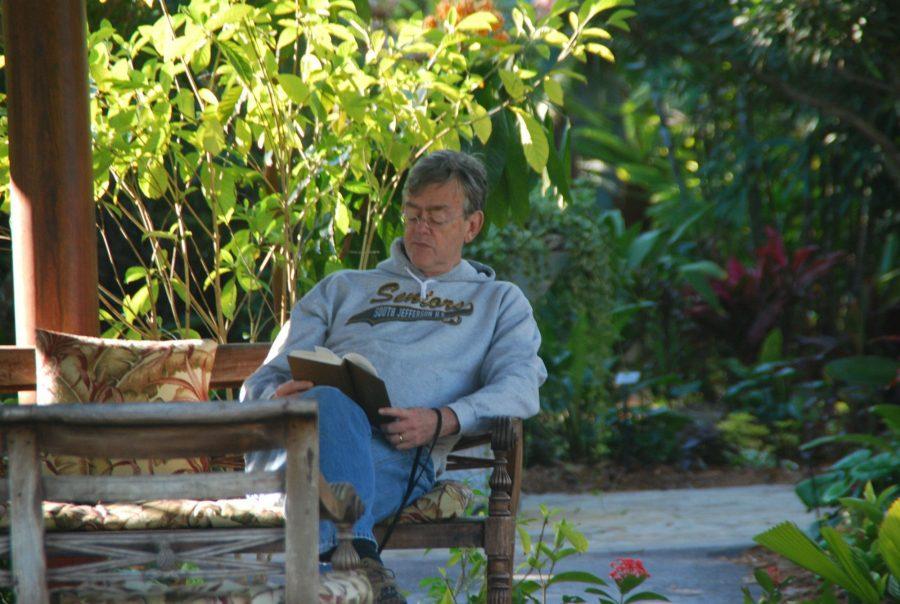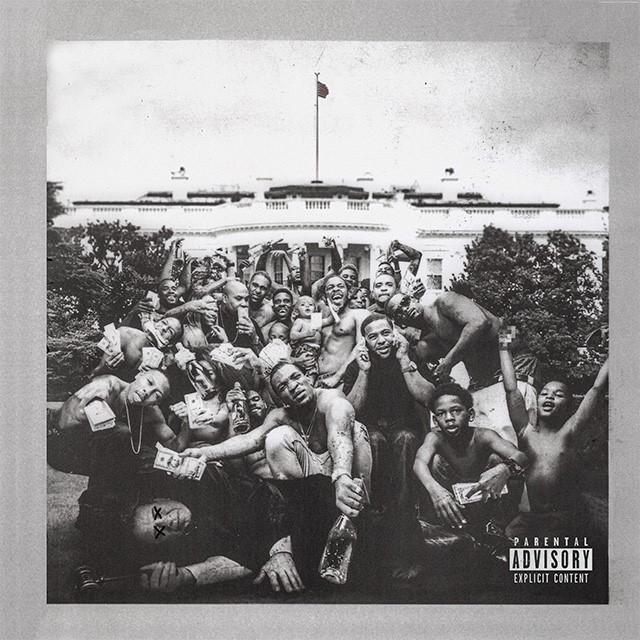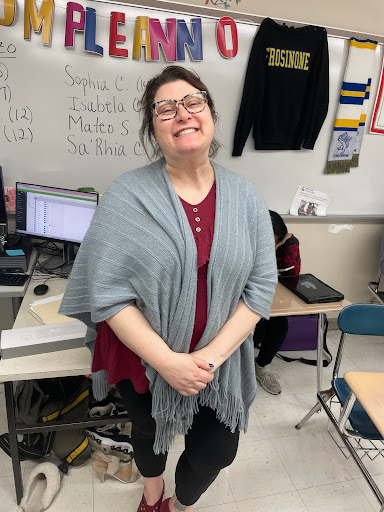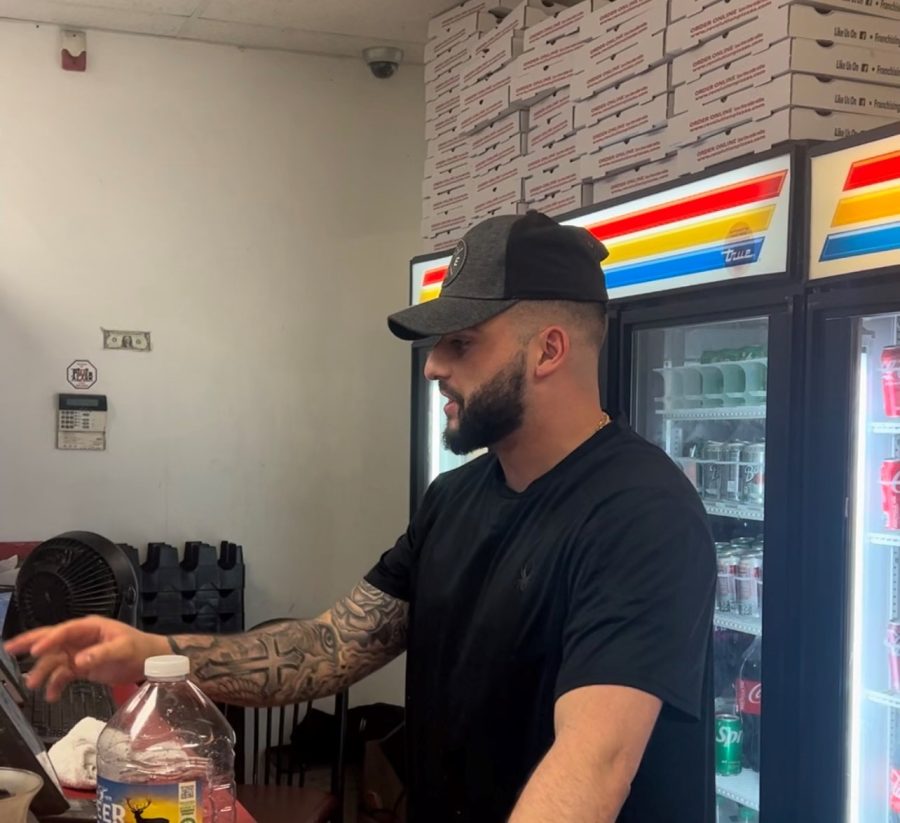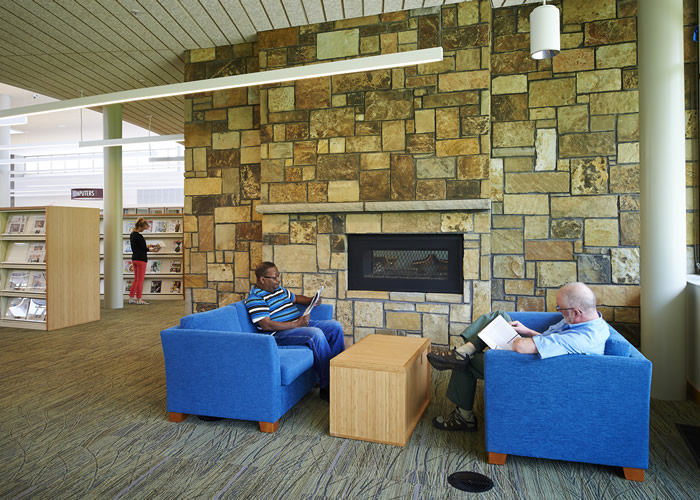New courses will affect students, teachers
April 30, 2018
Self-paced courses are being implemented at Mayfield High School next year and they will affect both teachers and students in many ways.
Jeffrey Legan, principal at Mayfield High School and implementer of self-paced courses, said, “Students will be meeting two or three days a week depending on how the teacher creates the course. Within the days that the kids are in class, the teacher will be doing things like Socratic Seminars, assessments, and other group-type instruction that they see fit.”
Jarrod Mulheman, the man who helped implement self-paced courses at Mayfield High School, is the assistant principal for curriculum, instruction, and staff development. He said, “On the days that you’re not supposed to be there (in class), you could be working on something else or taking a break.”
If students’ grades are low, there is a plan to help them. Legan said, “What’s nice is that if a student is struggling, there is a safety net, where if they’re scoring below a 70 percent, they have to go to class every day.”
Mulheman also said, “For the kids who struggle (in a self-paced course), on the same days that you don’t have to be there, they have access to their teachers in small settings or maybe even individually. The teacher can provide students with more one on one instruction and support, to get students to the place where they need to be.”
Self-paced courses appeal to people who don’t prefer sitting in traditional classrooms. Legan said, “Others don’t want to sit in a regular, traditional classroom five days a week, 173 days out of the year, so this is going to allow everyone to be able to work at their own pace, but also build on their soft skills.”
When Legan says soft skills, he said he and teachers want to know “Are students able to think more critically? Are they going to be able to advocate more for themselves? Are they going to be able to manage their time more?”
There are many positives to self-paced courses according to Legan. He said, “Kids are going to be able to grow at a different level than what they’re currently growing at. Now, if they want to move at their own pace and they feel that they’re disciplined enough to do that, then we’re giving them that choice as well.”
Self-paced courses also allow students to gain experiences before they go off to college. Mulheman said, “They aren’t being told where to go every second of every day, and they can get some practice with time management before they go off to college or whatever else they’re doing.”
Legan additionally said, “I think that you’re going to be able to manage your time more. I think that for those that are lucky enough to have a self-paced course first and second period or first period, you can come in later, which research shows that kids need to sleep more.”
However, there are some challenges to self-paced courses. Legan said, “I don’t think that our teachers are going to be fantastic at making sure that they have all of this information into our learning management system, but the whole master-schedule part of it is the most challenging.”
Marty Mackar, a math teacher, has taken self-paced courses before and may be a self-paced course instructor in the future. He said, “If we are going to the online Schoology system, which we are going to next year, I have to be able to design a course completely on a new program that I’ve never used before. It’s going to be some training, and it’s going to be a lot of trial and error, and a big learning curve.”
Teachers will have a lot of responsibilities when teaching self-paced courses. Mulheman said, “They’re going to have a lot of work to do in the next few weeks until the beginning of next year when we identify which courses we’re actually running. They’re going to have to be ten steps ahead of where students are.”
Going further into detail, Mulheman said, “If a student is moving through the curriculum rapidly, they’re (the teacher) going to have to be able to be at that pace where that student is, as well as at the pace of students who are struggling.”
Ari Tsing, a student who is taking a self-paced course next year, said, “It will probably make it harder for them (teachers) to coordinate different things because every student is going to be different.”
Mackar also said, “Traditionally, the courses that I teach are mainly sophomores and freshman. A lot of those kids struggle to transition to high school. If I offer a self-paced course, I don’t know if they will have the skills necessary to succeed because a lot of the kids struggle to succeed at the beginning of an honors course or a high school course in general.”
When describing what the teacher’s jobs are in self-paced courses, Legan said, “The teacher is always going to have to monitor to make sure that they know where each student is at, so that they can make sure that they have the appropriate resources and instructional materials through the learning management system.”
Mackar recommends self-paced courses for certain students. He said, “I like them (self-paced courses) for students that feel that maybe they don’t need to come to class every day, and maybe they can do a lot of it (classwork) on their own.”
Tsing talked about what kind of students he thinks should take self-paced courses. He said, “Students who feel that they are capable in a subject, and can manage themselves well.”
Mulheman explained the goal of self-paced courses. He said, “I hope that we can meet the needs of more kids by making the self-paced courses more personalized for every student who is taking them.”
Mulheman believes that self-paced courses are “awesome.” He said, “I’m anxiously excited about how it will go next year. I’m sure that there are going to be some struggles, but I’m excited.”



